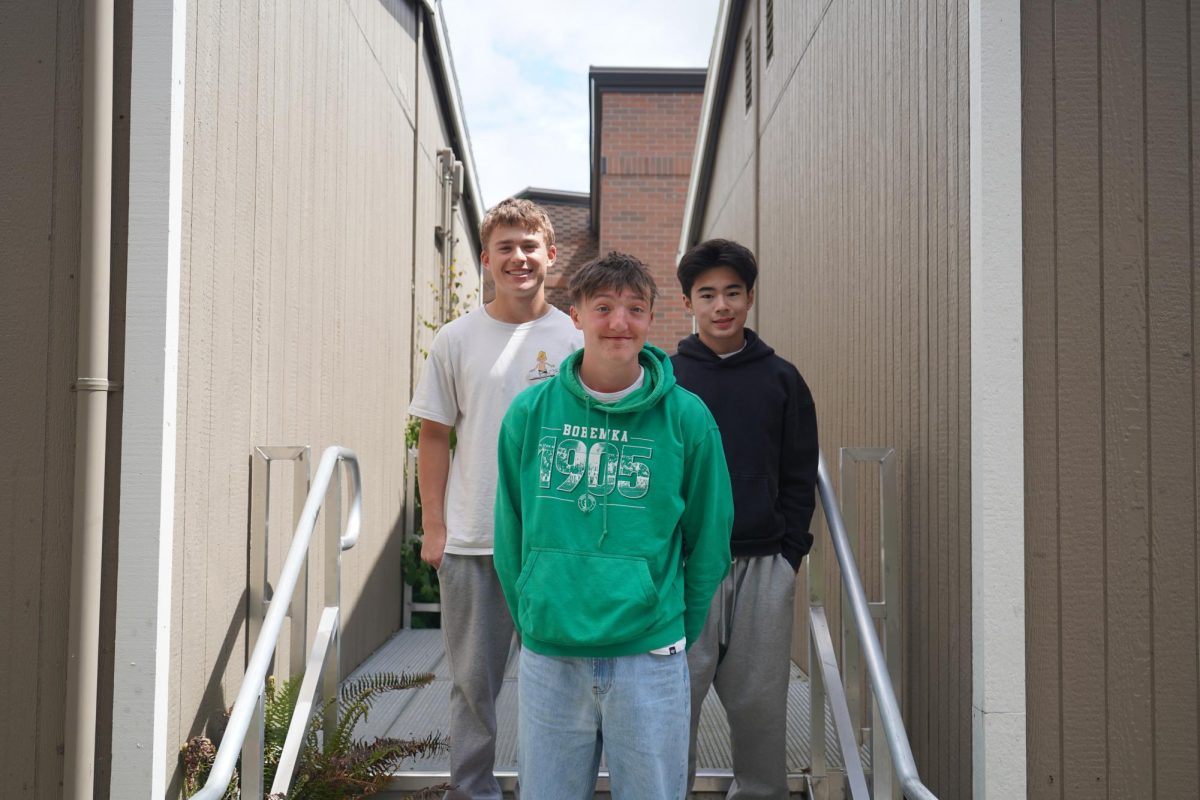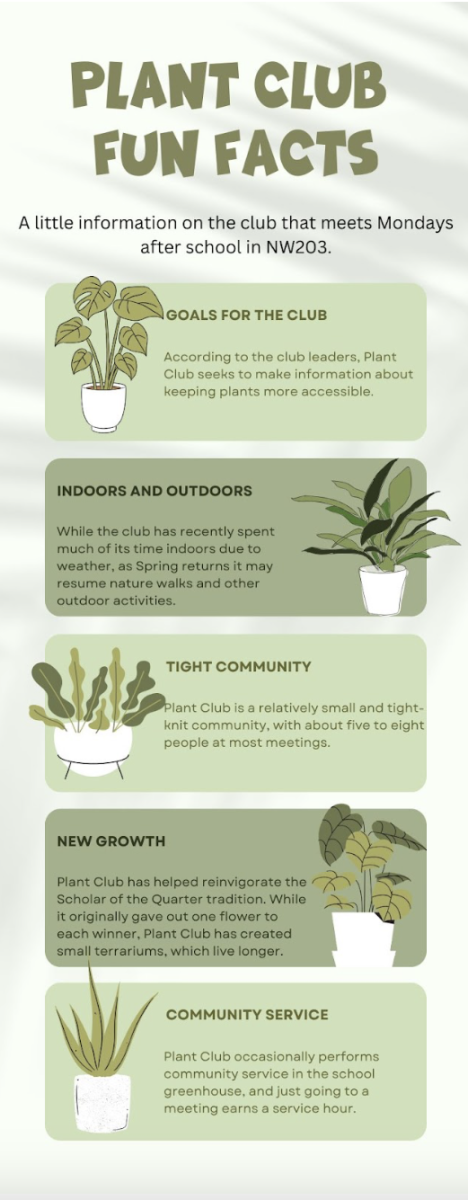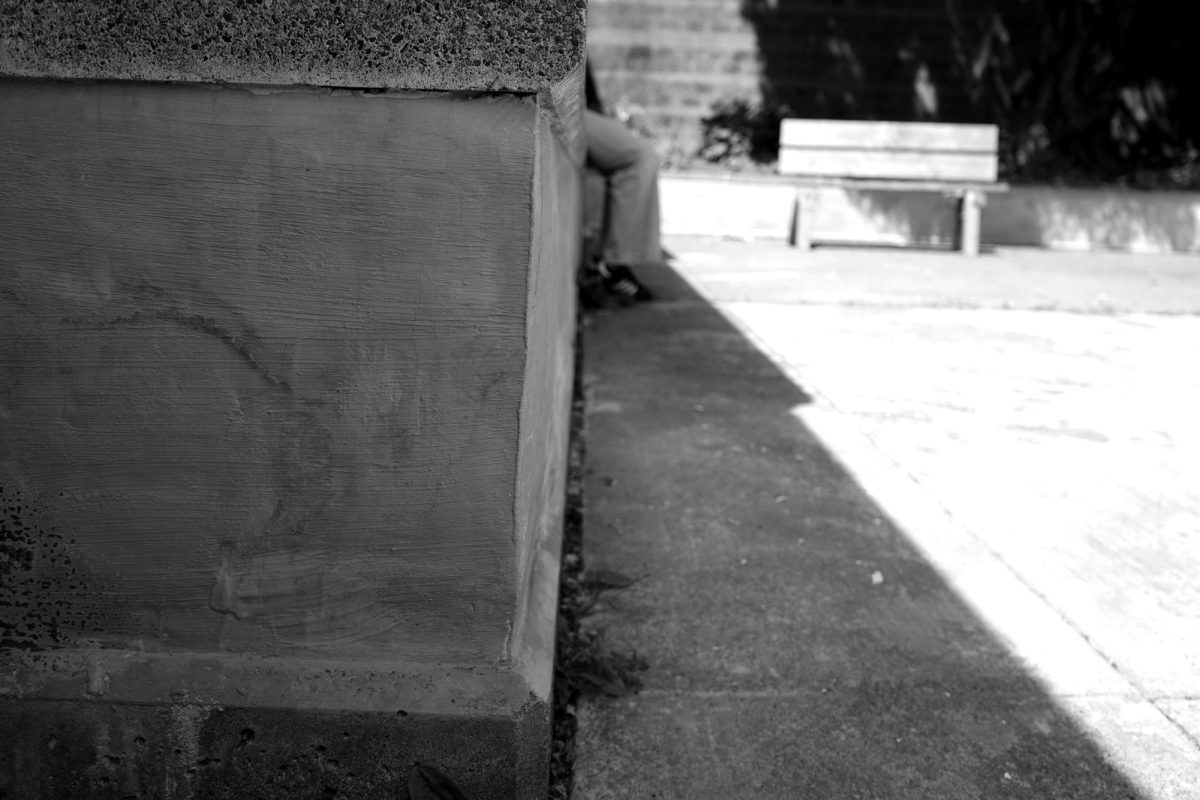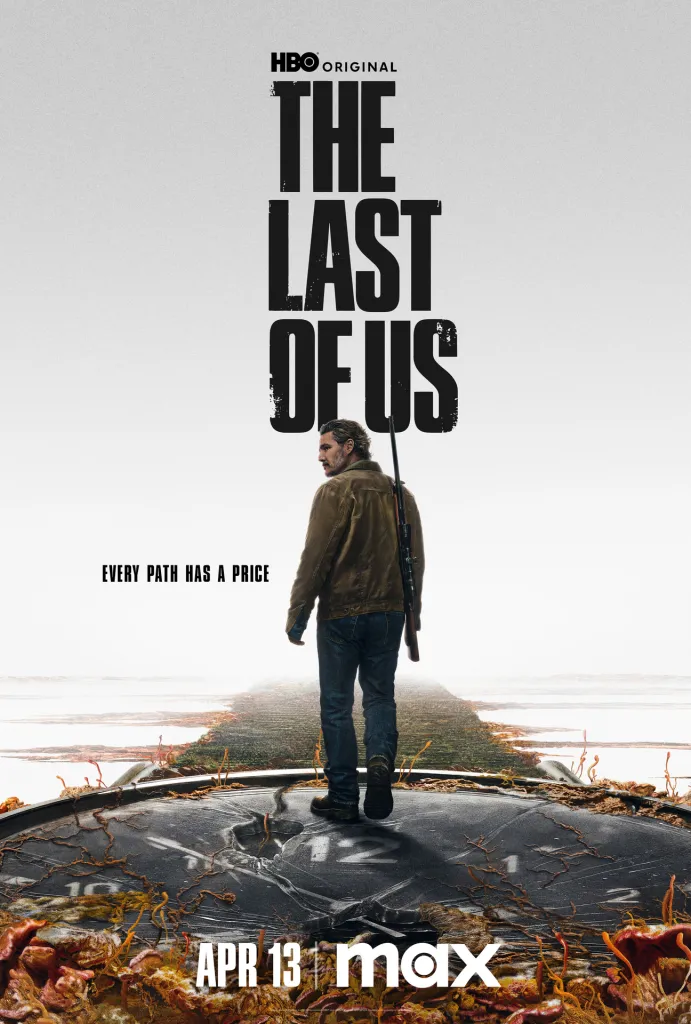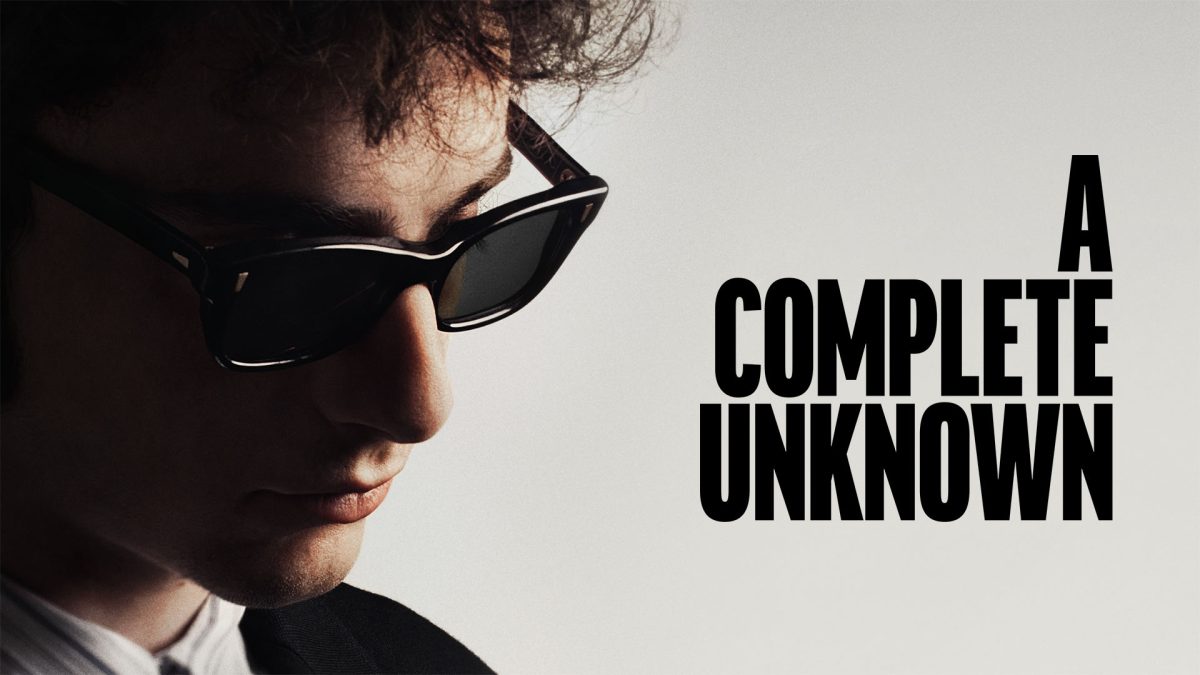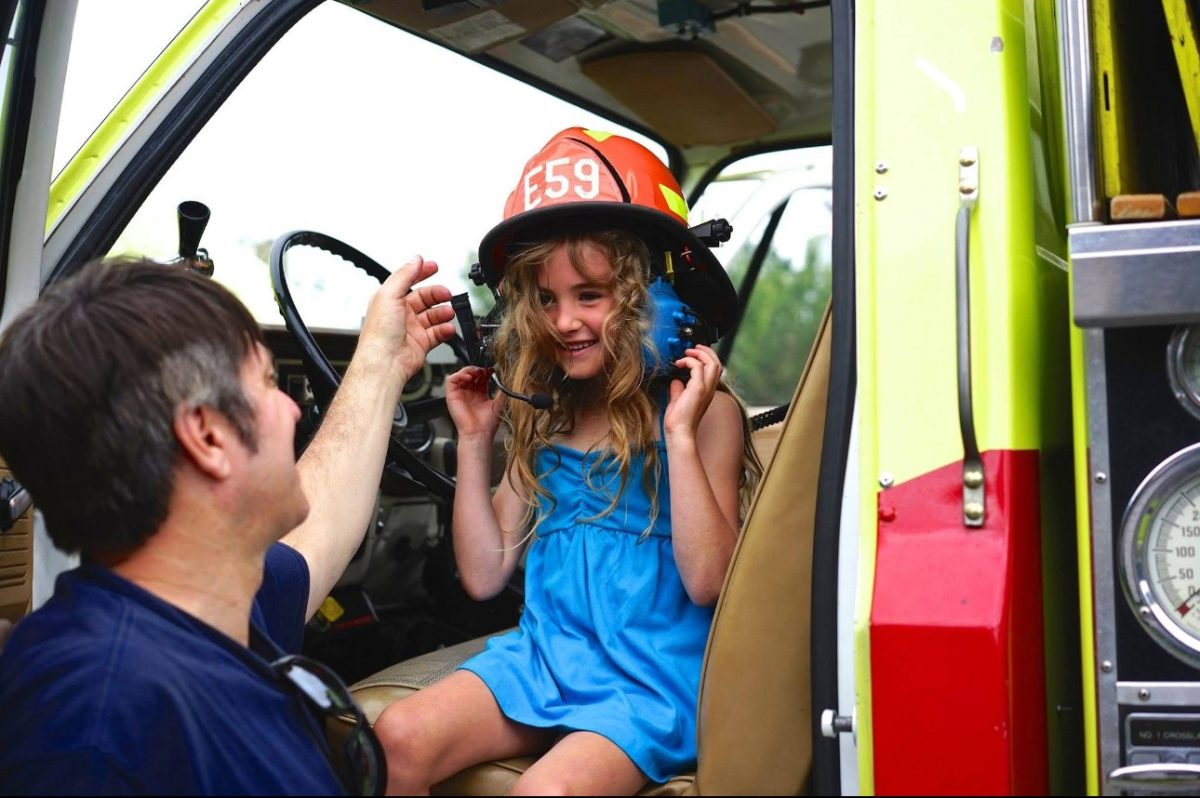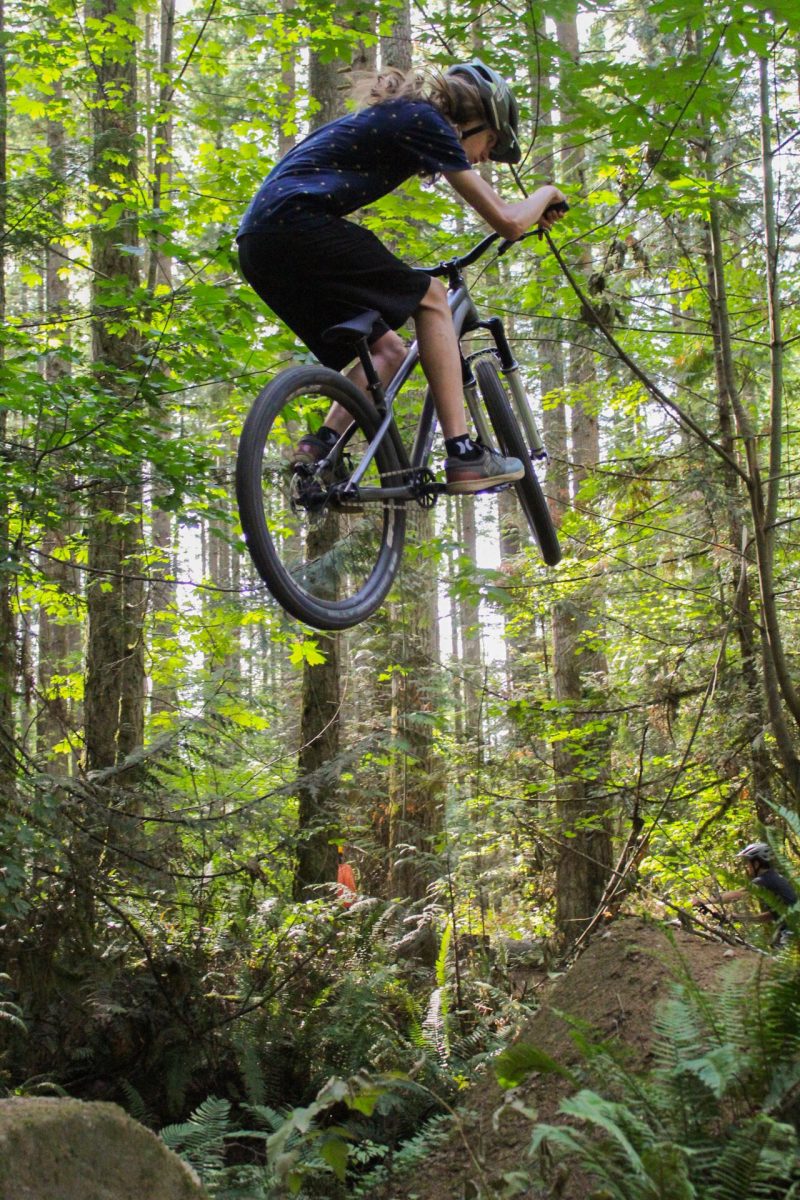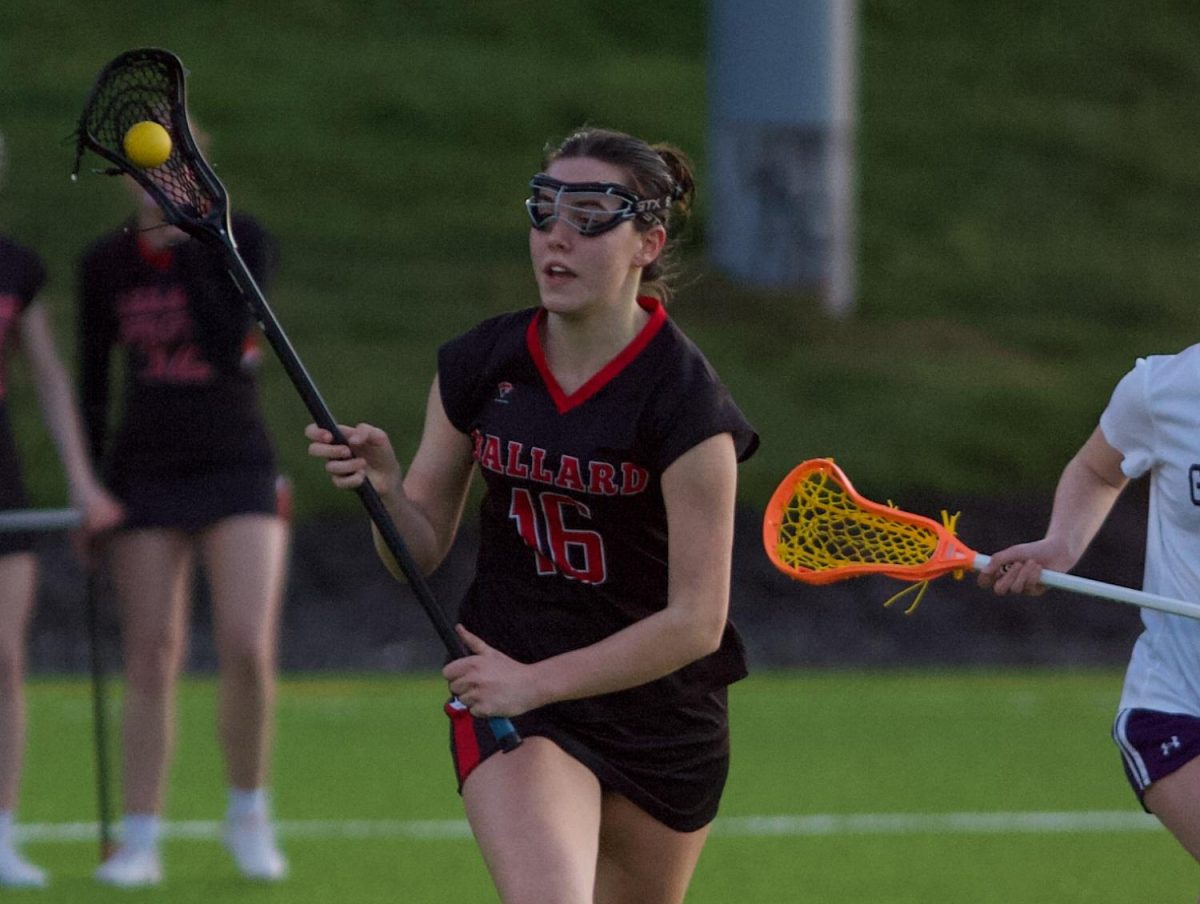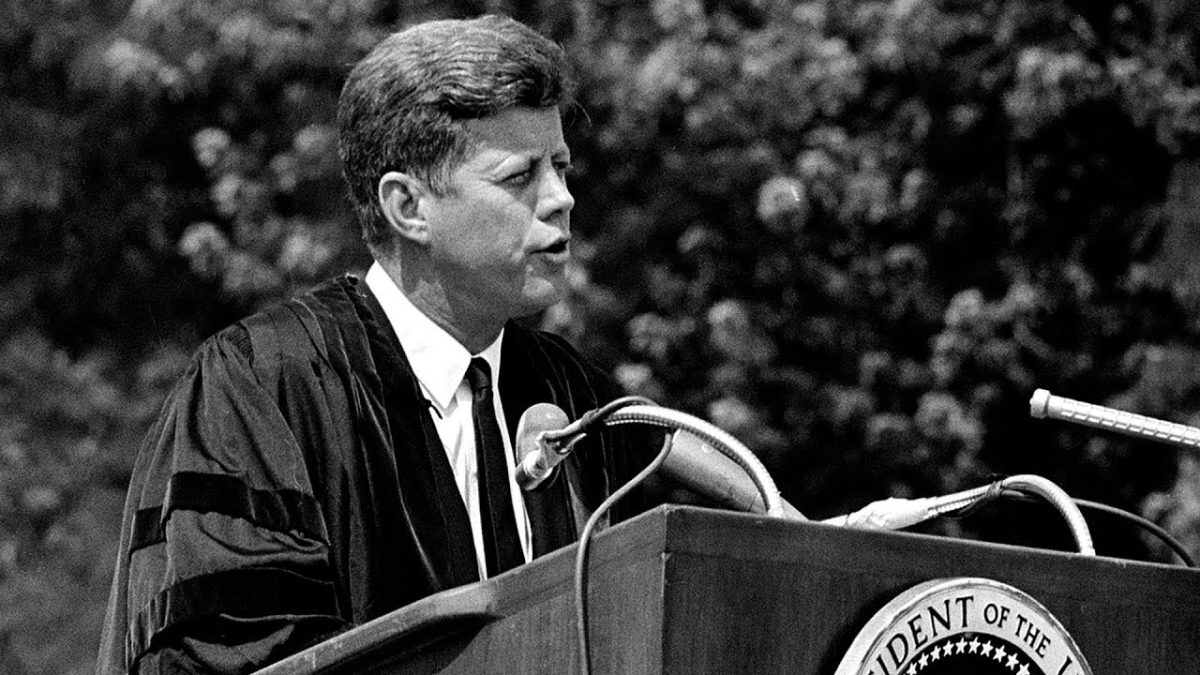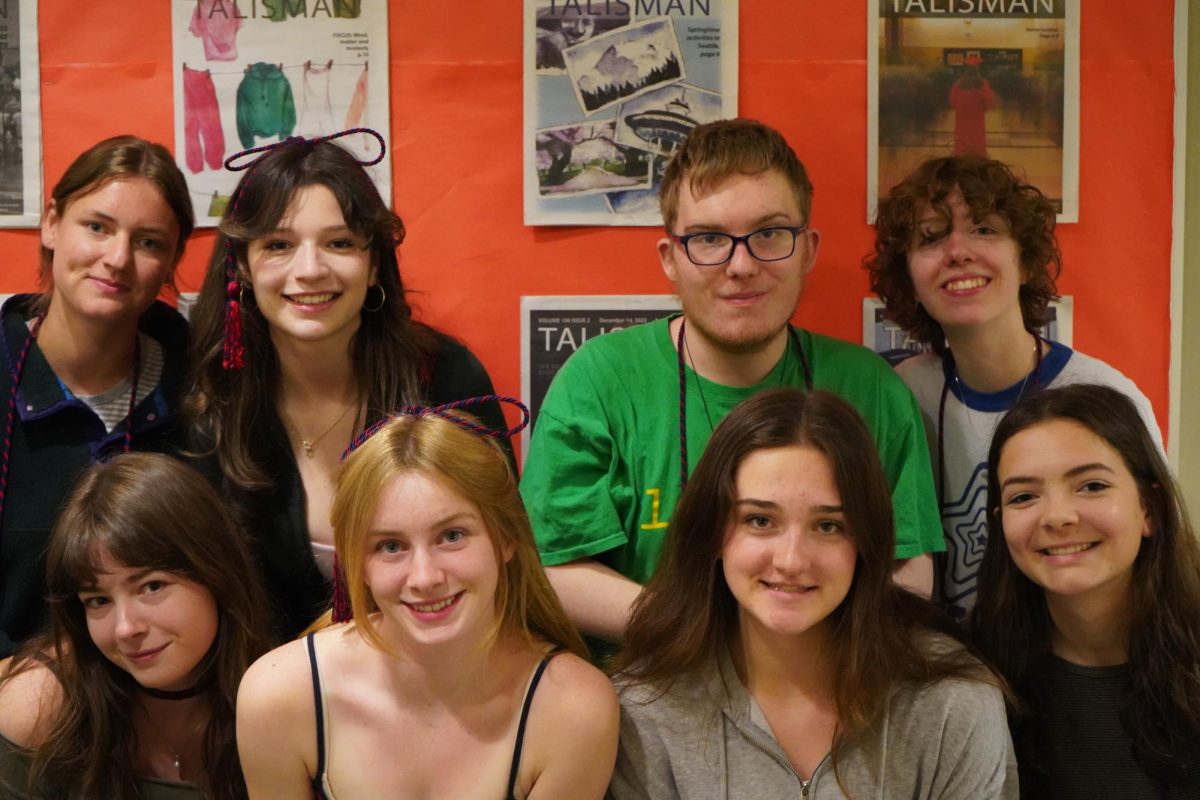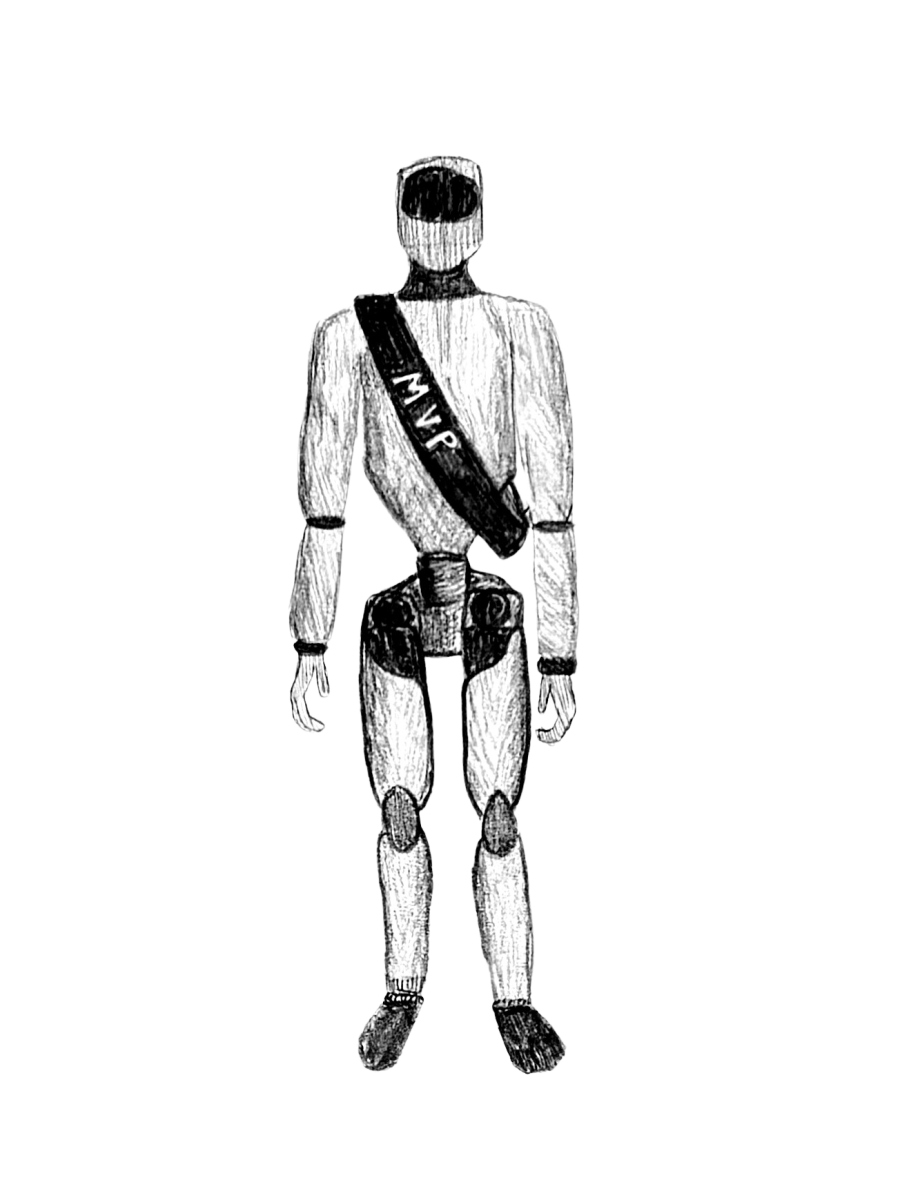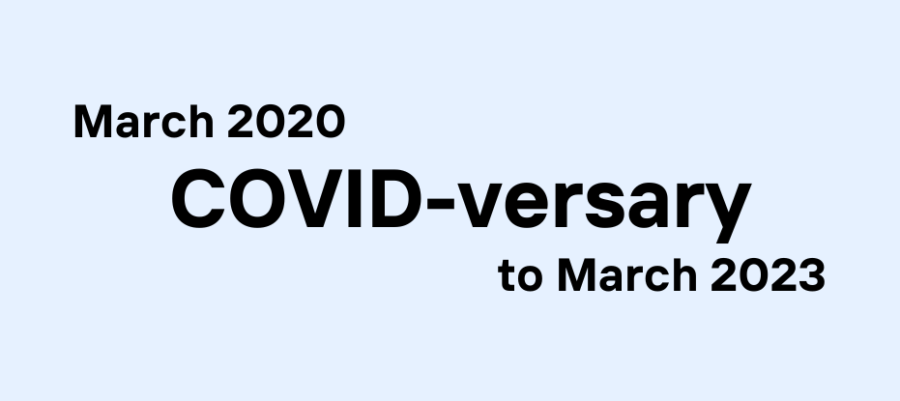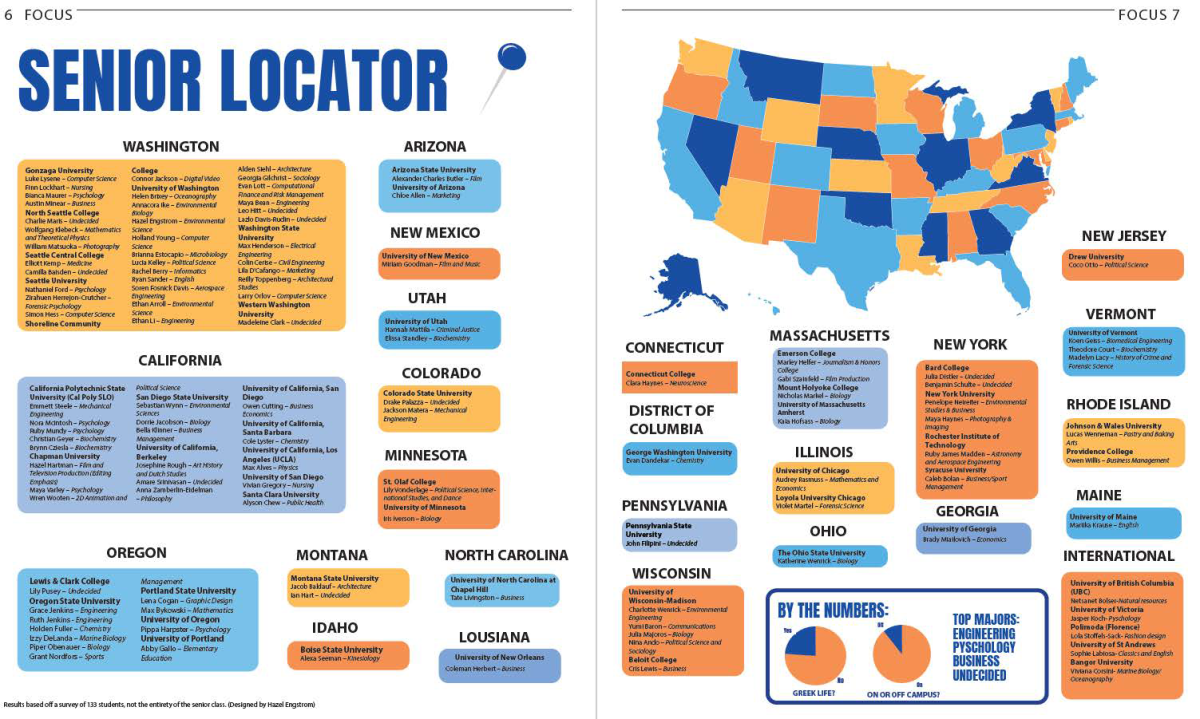Impacts of COVID on education
Language Art teacher Taryn Coe shares her thoughts on the pandemic and changes in student behavior
This March marks one year since SPS students went into quarantine for COVID-19.
March 17, 2023
As we hit three years since COVID-19 was declared a pandemic, the educational and school environment still has yet to feel normal.
Many administrators, staff and students share the feeling that the lasting effects of the pandemic may never go away. Language arts teacher Taryn Coe expresses her thinking on how COVID-19 has impacted high school education, and what she has done to combat certain negative influences on students caused by the pandemic.
“I have noticed that students seem less sociable, less willing to talk to each other,” Coe wrote over email. “They seem more drawn to their phones. When we have down time in class, students typically go to their phones instead of talking with friends.”
Being online, many students were robbed of the ability to socialize properly with others, and this is currently causing disconnect in the classroom. Restricted access to in-person activities, and students’ everyday lives being disrupted back in 2020, contributed to this current disconnect. Coe shares some ways she deals with these impacts in the classroom.
“I provide more thinking and individual writing opportunities before asking students to share with their groups because students seem less comfortable sharing right off the bat,” Coe wrote.
She provides more small group discussion as an option because most students don’t seem to feel as comfortable talking as a whole class. While COVID-19 severely impacted some students, others liked or didn’t mind online school. Some students don’t feel the lasting impacts as much as others. Coe saw this variation in online school experience exemplified by freshmen in her class.
“Some thrived and some really struggled,” Coe wrote.
Since some students didn’t struggle as much as others, Coe says she tries to see each student as an individual and address their needs as such. Coe says that this change in teaching style is due to her experiences during the pandemic.
“I think COVID has forced both teachers and students to be more flexible,” Coe wrote. “Before online school, I was much more ‘go-go-go’ and I think that caused stress for students.”
The pandemic forced many teachers to modify their lessons or teaching styles to fit students’ needs when everyone began in-person learning again. Students and teachers alike were forced to work with each other and find a medium that worked for everyone.
Coe expressed that she thinks slowing things down was one positive effect that came out of online school. Some may say that students get special treatment or that the workload is too light, but after a worldwide pandemic, some students and teachers argue that these adjustments were necessary considering the circumstances.
“These days I really try to meet students where they’re at, and work with them as individuals, instead of insisting that every student have the same experience and meet the same standard. I think COVID has forced both teachers and students to be more flexible,” Coe wrote.

